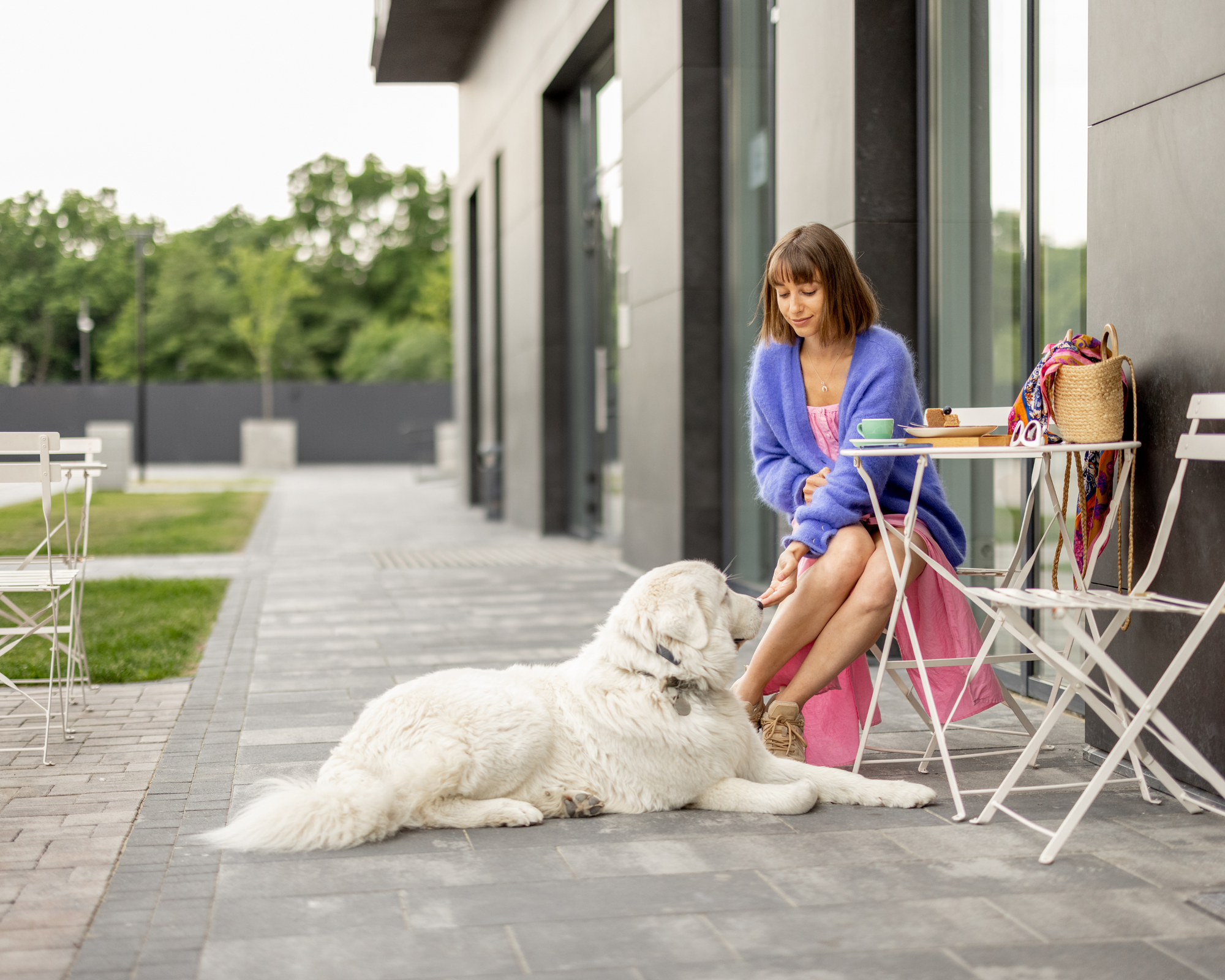

Nature vs Nurture in Giant Breeds: What’s Built In—and What’s Up to You
You’ve probably heard it said that giant breeds are naturally gentle. Calm. Lazy, even. And while there is truth to those generalizations, there’s a lot more going on beneath the surface.
So let’s talk about it: what parts of your big dog’s personality are hardwired? And which ones are shaped by you?
What Nature Gives Them (The Genetic Blueprint)
Every dog is born with certain traits that are written in their DNA—and giant breeds are no exception.
- Size and growth rate are predetermined. Great Danes, Mastiffs, Newfoundlands, and other giants grow fast and grow big, which affects their mobility, energy, and needs.
-
Temperament tendencies vary by breed. For example:
- Danes are often gentle and people-oriented
- Mastiffs may be more reserved or protective
- Saints and Newfies tend to be nurturing, especially with kids
- Instincts matter. Some giant breeds were bred to guard, some to work, and others to simply be large companions. These inherited instincts create the foundation for behavior.
- Lineage also plays a role. A well-bred dog from health - and temperament - tested lines will usually have more stable behavior than one from a backyard breeder or accidental litter.
But even the best genetics only set the stage. What happens next is up to you.
What Nurture Shapes (The Human Factor)
Here’s the truth: no matter how sweet a dog’s genetics are, they can still develop fear, reactivity, or unwanted behaviors if not socialized and supported properly.
Nurture matters. A lot.
-
Early socialization is crucial (especially between 8-16 weeks). This includes exposure to:
- Other dogs, people, noises, surfaces, vehicles
- Different environments like vet clinics, parks, pet stores
- Confidence building helps prevent fear-based aggression or anxiety later in life. A confident dog is a safe dog.
- Structure and boundaries are essential. Big dogs can develop bad habits fast if they aren’t shown what’s expected of them.
- Enrichment and mental stimulation keep their brains sharp and help avoid destructive boredom behaviors.
- Trauma and lack of socialization (especially in rescues) can lead to long-term behavior challenges—but the right support can go a long way.
In short: nurture is how you help your dog reach their full potential.
Why This Matters Even More for Giant Breeds
When a 10-pound dog jumps on someone, it’s annoying. When a 160-pound dog does it, it’s dangerous.
That’s why the stakes are higher with giants. Poor socialization, reactivity, or lack of training can lead to:
- Fear around guests or kids
- Resource guarding (toys, food, beds)
- Anxiety in unfamiliar situations
- Surrender due to unmanageable behavior
You don’t just raise a big dog—you shape a massive, powerful creature into a gentle, confident companion. It takes intention.
Setting Your Dog Up for Success
You don’t need to be perfect—just consistent and proactive. Here’s where to focus:
- Start socialization early and continue it through adolescence
- Use positive reinforcement instead of punishment
- Encourage calm exposure to new things, rather than flooding them
- Teach impulse control (like "wait," "leave it," and loose-leash walking)
- Work with a trainer who understands large and giant breeds
Every interaction is a building block.
It’s Not Either/Or—It’s Both
Your dog’s breed gives you a rough draft. But how you raise them? That’s the story.
Big dogs aren’t born well-behaved. They’re shaped, day by day, by the people who love them. And when you combine strong genetics with thoughtful, structured, loving nurture? You get a truly great dog.
One who turns heads—for all the right reasons.
